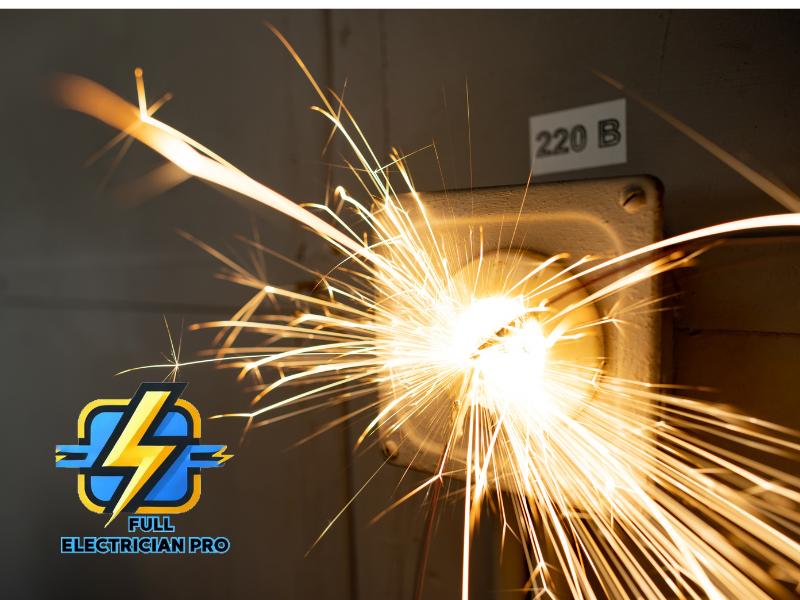
Surge Protection: Common Issues, Repairs, and Benefits
Surge protection is essential for safeguarding homes and businesses from electrical surges that can damage sensitive electronics, appliances, and wiring. Electrical surges can be caused by lightning strikes, power outages, or issues within the electrical grid, leading to costly repairs and replacements. This guide explores the common and uncommon issues with surge protection systems, necessary repairs, and the many benefits of installing surge protectors to shield your electrical systems.
Common Issues with Surge Protection
1. Worn-Out Surge Protectors: Over time, surge protectors lose their effectiveness, especially after repeated power surges. Most surge protectors are built to withstand a limited number of surges, after which they need to be replaced.
2. Overloaded Circuits: Plugging too many devices into a surge protector can overload the circuit, reducing its ability to protect against surges. This can also cause tripped breakers or overheating in the power strip or outlet.
3. Lack of Indicator Lights: Many surge protectors come with indicator lights that show whether they are still functional. If the light is off or flickering, it’s a sign that the surge protector may no longer be providing adequate protection.
4. Limited Coverage: Some surge protectors only protect the devices directly plugged into them, leaving the rest of the home or office vulnerable to surges. Whole-home surge protectors can provide broader coverage.
5. Incompatibility with High-Power Devices: Basic surge protectors may not be designed to handle high-power appliances like refrigerators, HVAC systems, or industrial equipment. In these cases, specialized surge protection is required.
Uncommon or Complex Issues
1. Lightning Strikes: Although less common, lightning strikes can cause significant power surges that overwhelm standard surge protectors. Installing specialized lightning arresters or whole-home surge protectors can offer additional protection.
2. Grounding Issues: Surge protectors rely on proper grounding to function correctly. If the home or building is not properly grounded, surge protection systems may not work as intended, increasing the risk of damage to electronics and appliances.
3. Surge Protector Malfunction: In rare cases, the internal components of a surge protector may fail, leading to decreased protection or even electrical hazards. This can happen due to manufacturing defects or damage caused by previous surges.
4. Inadequate Panel Protection: Whole-home surge protectors are usually installed at the electrical panel, but if the installation is not done correctly or the protector is undersized, it may not provide adequate protection for all circuits.
5. Compatibility with Backup Generators: When using a backup generator, surge protection systems need to be compatible with the generator's power output. If not properly configured, surges can occur when switching between grid and generator power.
Surge Protection Repairs
1. Replacing Worn-Out Surge Protectors: Surge protectors degrade over time and must be replaced periodically to maintain effective protection. If the indicator light is off or if the protector has been through several surges, it’s time for a replacement.
2. Installing Whole-Home Surge Protectors: If your current surge protection only covers individual devices, upgrading to a whole-home surge protector can provide broader coverage. This ensures that all outlets, appliances, and systems are protected from surges.
3. Fixing Grounding Issues: Proper grounding is essential for surge protection systems to work. Electricians can check the grounding of your electrical system and fix any issues to ensure that surge protectors function correctly.
4. Upgrading Electrical Panels: Older or undersized electrical panels may not support whole-home surge protection. Upgrading the panel allows for proper installation of surge protectors and improves overall electrical safety.
5. Repairing or Replacing Faulty Surge Protectors: If a surge protector is malfunctioning or has been damaged by a large surge, it may need to be repaired or replaced. A qualified electrician can diagnose the issue and recommend the appropriate fix.
Reasons to Install Surge Protection
1. Protection Against Power Surges: The main benefit of surge protection is safeguarding your electronics and appliances from sudden power surges. These surges can happen due to power outages, lightning strikes, or fluctuations in the grid.
2. Prevent Expensive Damage: Without surge protection, sensitive electronics such as computers, televisions, and kitchen appliances can be damaged or destroyed by electrical surges. Replacing these items can be costly.
3. Increased Electrical Safety: Surge protectors add a layer of safety to your electrical system, reducing the risk of electrical fires or shocks caused by power surges. Whole-home surge protectors are especially effective in this regard.
4. Compliance with Modern Electrical Standards: Many modern building codes require surge protection in homes and businesses, especially in areas prone to storms or power outages. Installing surge protection ensures that your property complies with these regulations.
5. Enhanced Longevity of Appliances: Surge protectors can extend the lifespan of your appliances and electronics by shielding them from the wear and tear caused by small but frequent electrical surges.
In conclusion, surge protection is an essential part of any home or business electrical system. Regular maintenance and timely repairs ensure that your surge protectors work effectively to prevent costly damage. Whether you’re upgrading to whole-home protection or replacing worn-out units, surge protection offers peace of mind and protects your investments.